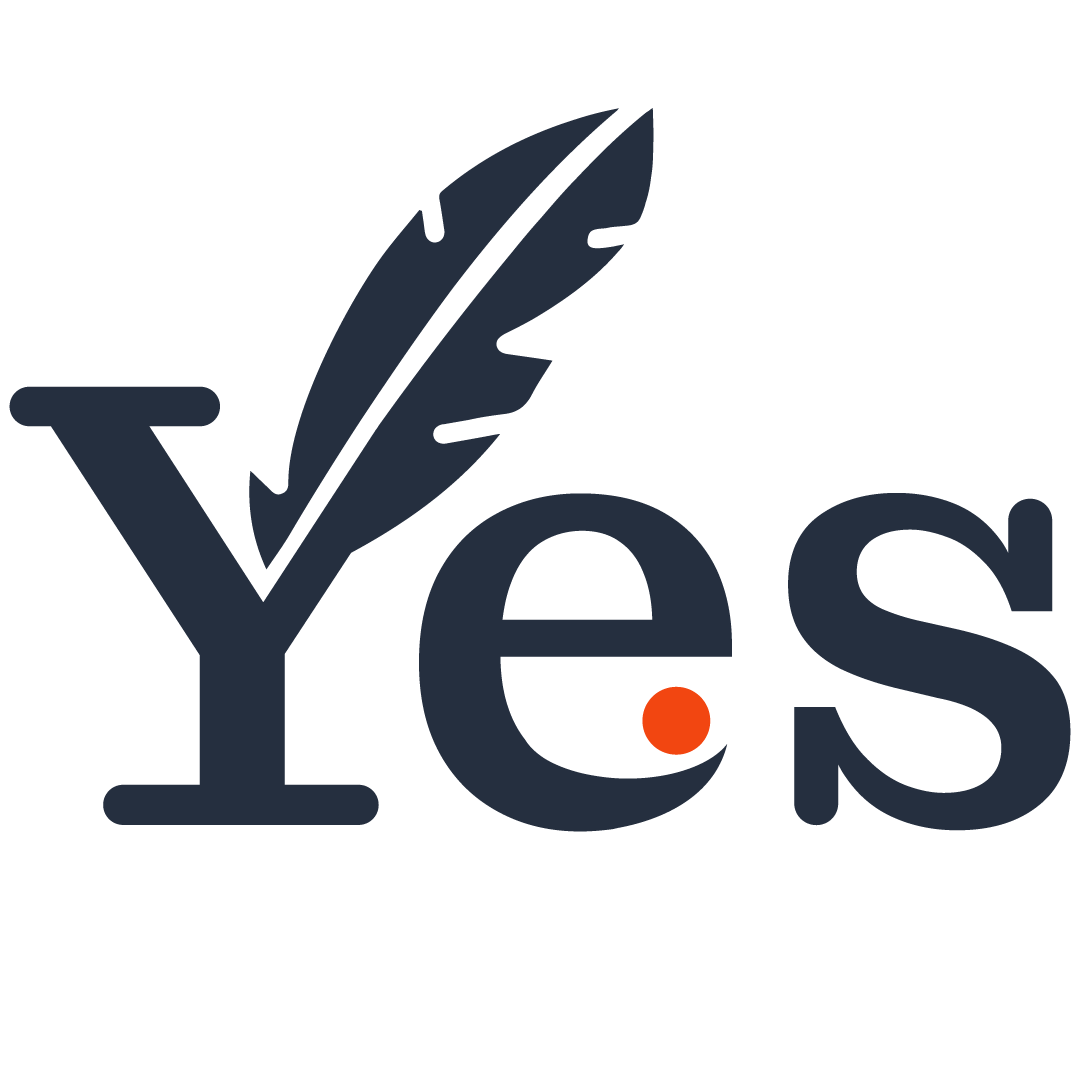Postcards No.3: a Paris interlude

- Concorde: up, up and away.
If there is any validity in the saying that “every picture is worth a thousand words” then my hoard of old postcards could generate sufficient information to create an entire book.
Whether of fact or fiction is open to debate. As reported in previous posts on this topic, two attempts to match the facts recorded on the postcards with my memory of those distant times have ended in failure.
No matter how much I try, I cannot recollect any visit to the Channel Isle of Jersey nor any periods of residence at the address to which several cards were sent.
Better results are being achieved as I peruse many of the others and try to sort them into a vague sequential order. Memories are being stirred, names recalled, places and incidents remembered.
However, as most of the cards are undated and the postmarks are often blurred or lacking details of time and place, they still provide only a random retelling of my life before the internet, mobile phones and messaging.
Among those that ripped the memory bank wide open was the one (pictured above) depicting that marvellous flying machine, ill-fated the Concorde.
This was mailed as I was about to depart from Paris, a place I used the postcard to describe as “this strike-bound city”.
I had arrived there a few days earlier from Australia at the end of what I wrote of as being “the longest supersonic flight yet made”.
To join this one-off experience, I had first flown from Melbourne to Manila, the capital of the Philippines. The Concorde had arrived there bringing European delegates of an International Monetary Fund conference, or some such gabfest.
Myself and three other Aussie journalists – Frank Gallego, Jack Butters and Charles Sriber – had been invited to join the return flight to Paris.
It was literally an out of this world experience; one of the few that remains bright in the memory. That soaring take-off, the feeling of the huge surge of power, the weird sense of being confined with only a hundred others in this pencil-thin projectile (only two seats either side of the narrow aisle) hurtling so smoothly way up through the clouds and into the almost translucent rarefied atmosphere beyond.
We were space travellers, peering down on the curvature of the globe far below – a view unlike any experienced in normal flight.
Paris was reached in three relaxing leaps each lasting about three hours; a nine-hour journey to replace the horrendous twenty-four hours or so those of us living Down Under usually endured for visits to Europe.
It was made even more pleasurable and memorable by the Michelin-level food and wine that help distract more nervous passengers from the bulkhead gauge showing our progress from subsonic through transonic to supersonic, from Mach 1 and on to Mach 2.
There are, however, other memories awakened by this postcard that go unmentioned in the few words it contains.
This brief visit – a mere three nights in Paris before a tortuous 36-hour journey home – I seized upon to arrange a secret assignation with a “friend” then living in London.
It was soon agreed: we would meet in Paris. She could get a couple of days off work – with OPEC, if I remember correctly – and I had no rigid program to adhere to. My travel companions would be diverted with their own sightseeing.
The best laid plans ….
It was on the morning of the second day that we scurried hand in hand along the Metro platform to board the train. We dashed through the closing doors of the nearest carriage and plonked down into a couple of seats.
Giggling and breathless we raised our gaze and looked around. Facing us across the aisle, sagely nodding and with knowing grins, were my three journo colleagues, each of whom was also a friend of my companion in collusion.
So much for secret trysts and assignations.
I wonder what memories these other postcards will stir ….
